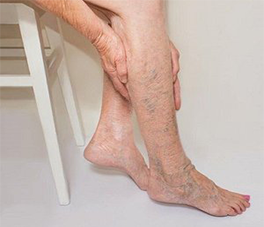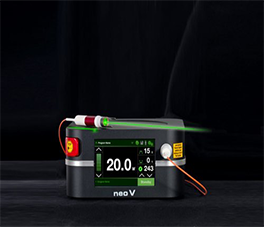Endovascular Rx-AAA


Endovascular repair is a preferred treatment for many people with an abdominal aortic aneurysm (AAA), and an alternative for some who do not qualify for open surgery.
How an AAA is repaired varies depending on location, which then classifies the procedure as either STANDARD or COMPLEX.
Endovascular repair is less invasive than open surgery because it avoids a large incision in your abdomen or chest; only very small incisions are required. That means you are able to recover more quickly.
In deciding whether to recommend repair your surgeon will consider the size of the aneurysm, its location, how fast it is growing, how complicated it is to repair and your overall health.
 STANDARD repair for an aneurysm located below the arteries to the kidney:
STANDARD repair for an aneurysm located below the arteries to the kidney:
COMPLEX repair for an aneurysm affecting one or more of the important arteries that branch off the aorta:



If you have an aortic aneurysm it is important to do all you can to stay healthy.